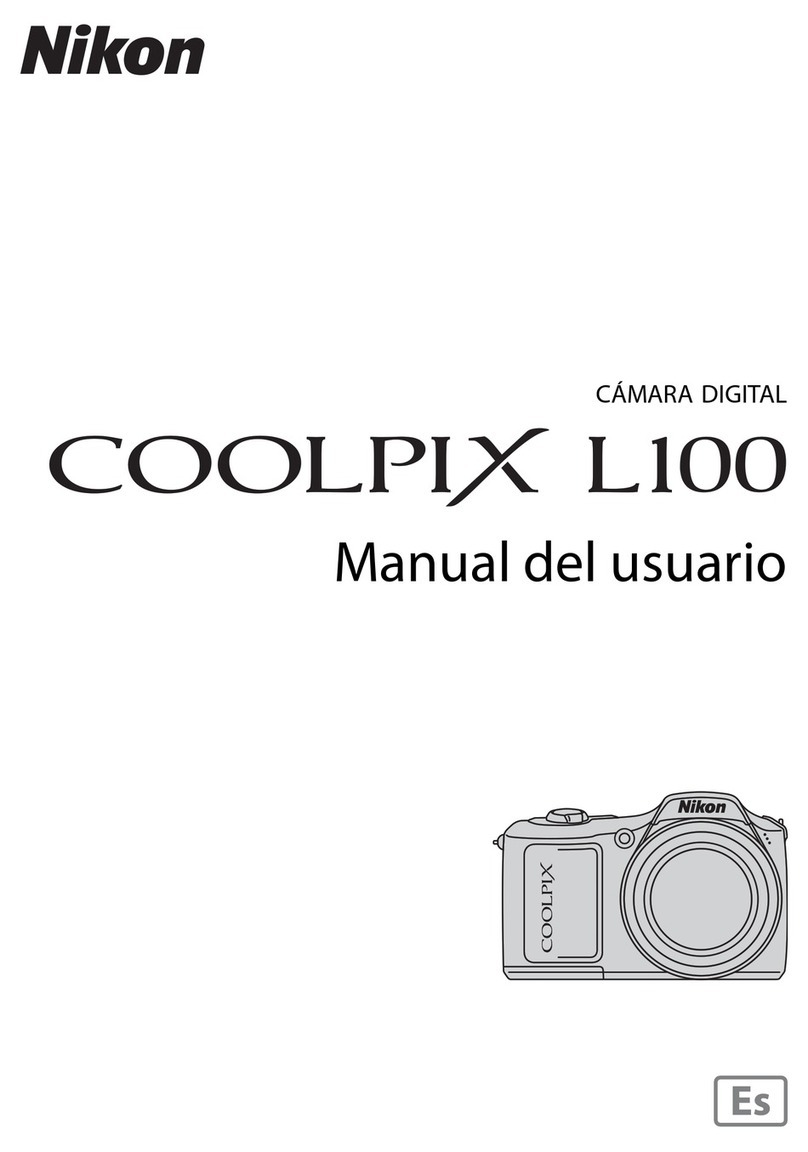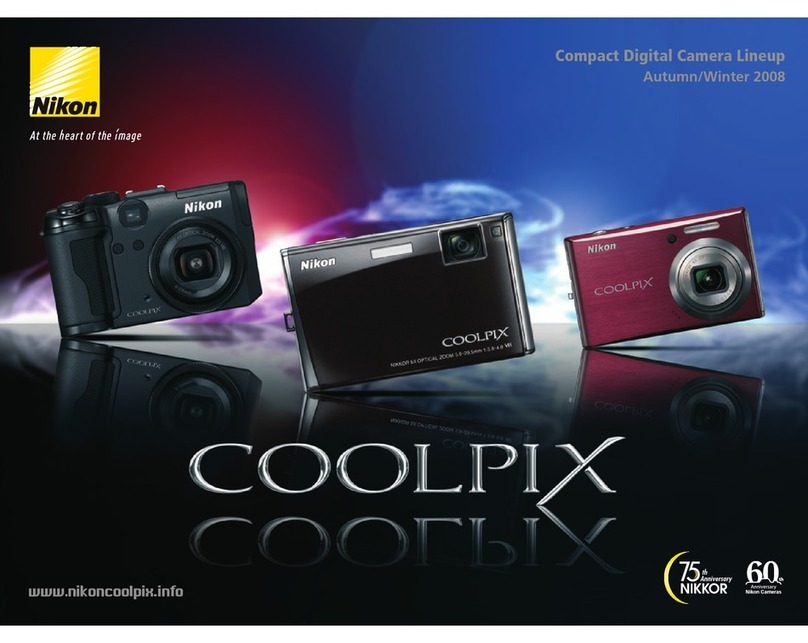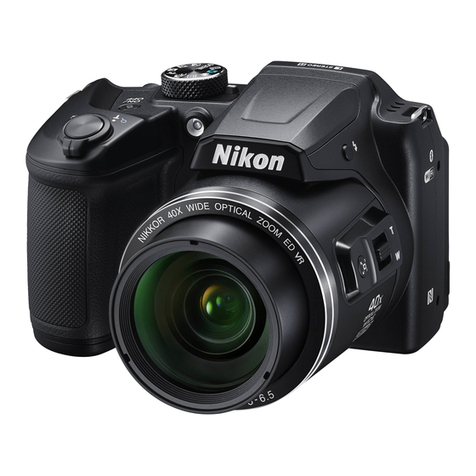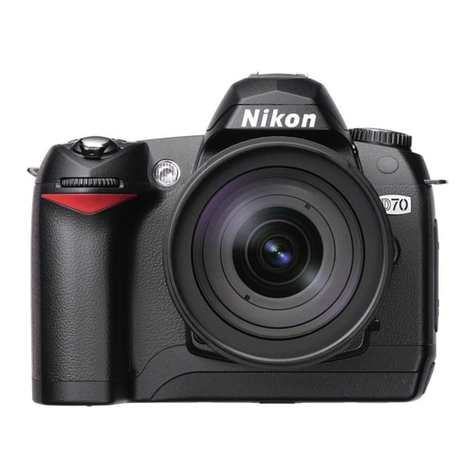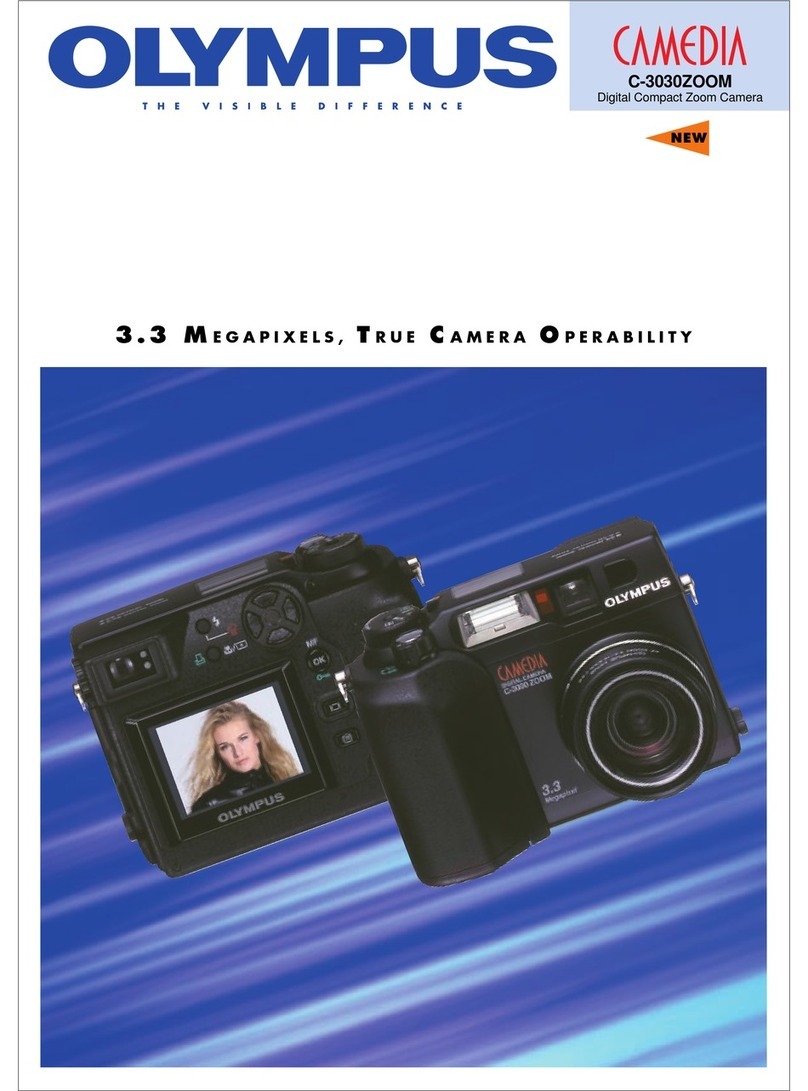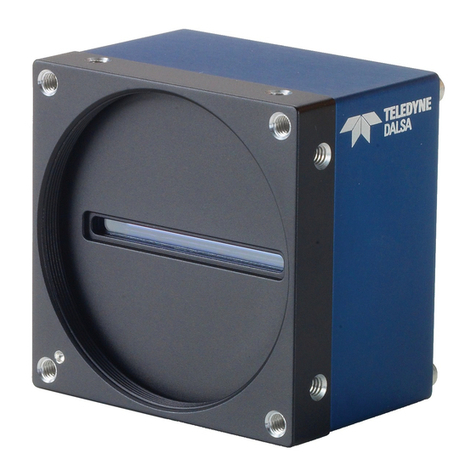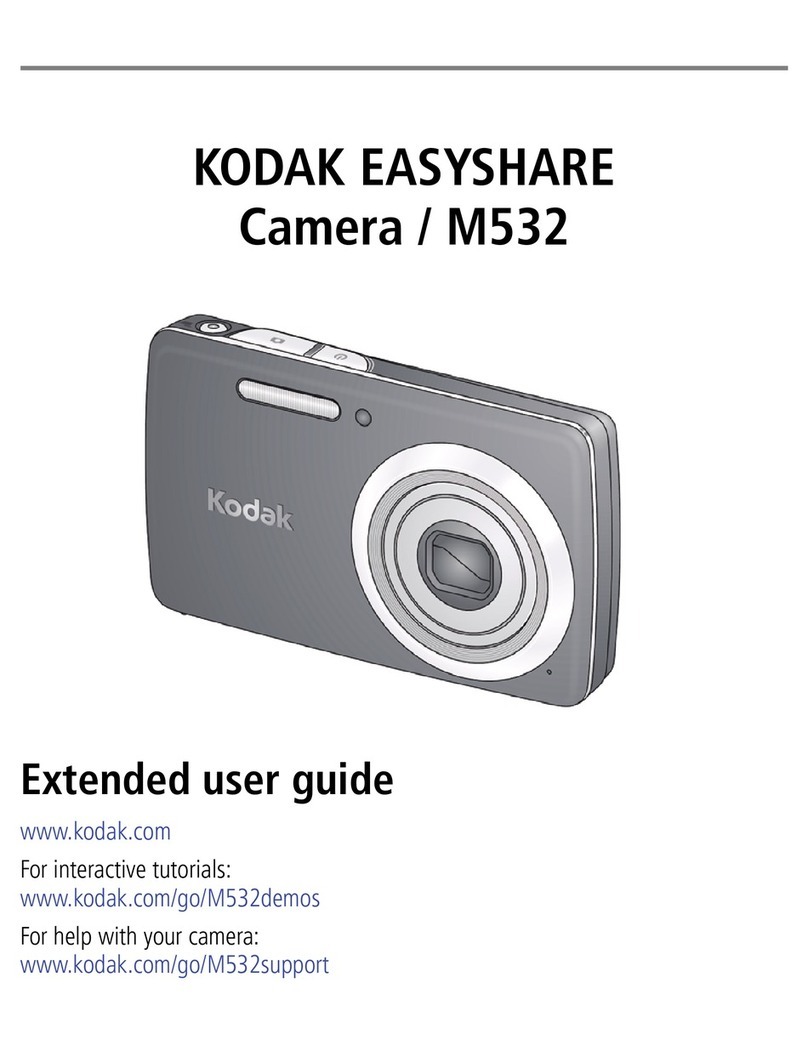Nikon EM User manual
Other Nikon Digital Camera manuals
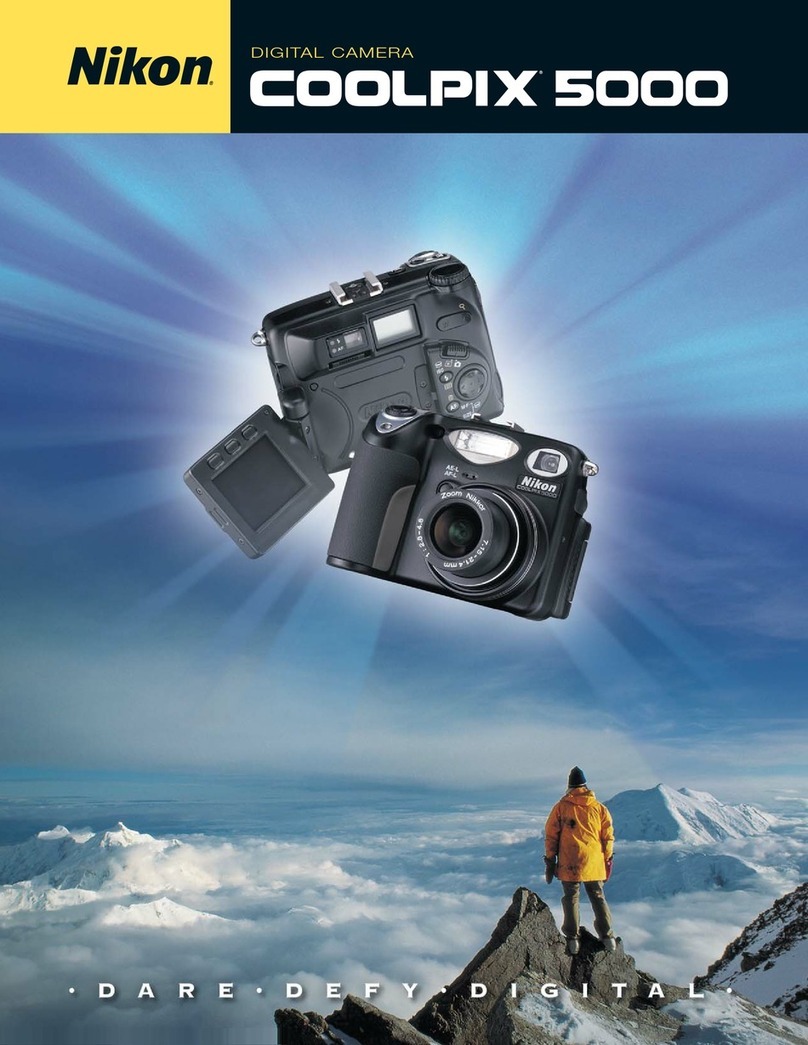
Nikon
Nikon Coolpix 5000 User manual
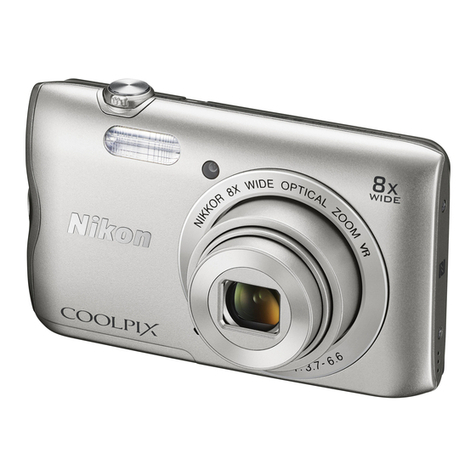
Nikon
Nikon coolpix A300 User manual
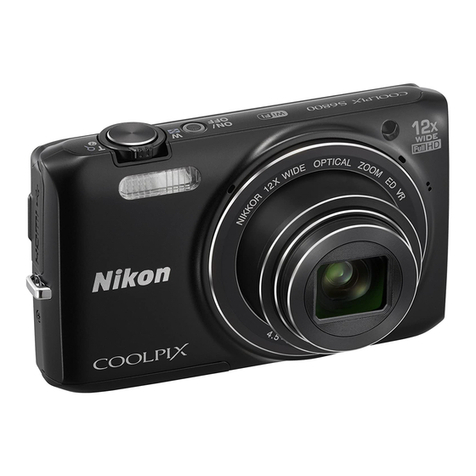
Nikon
Nikon Coolpix S6800 User manual
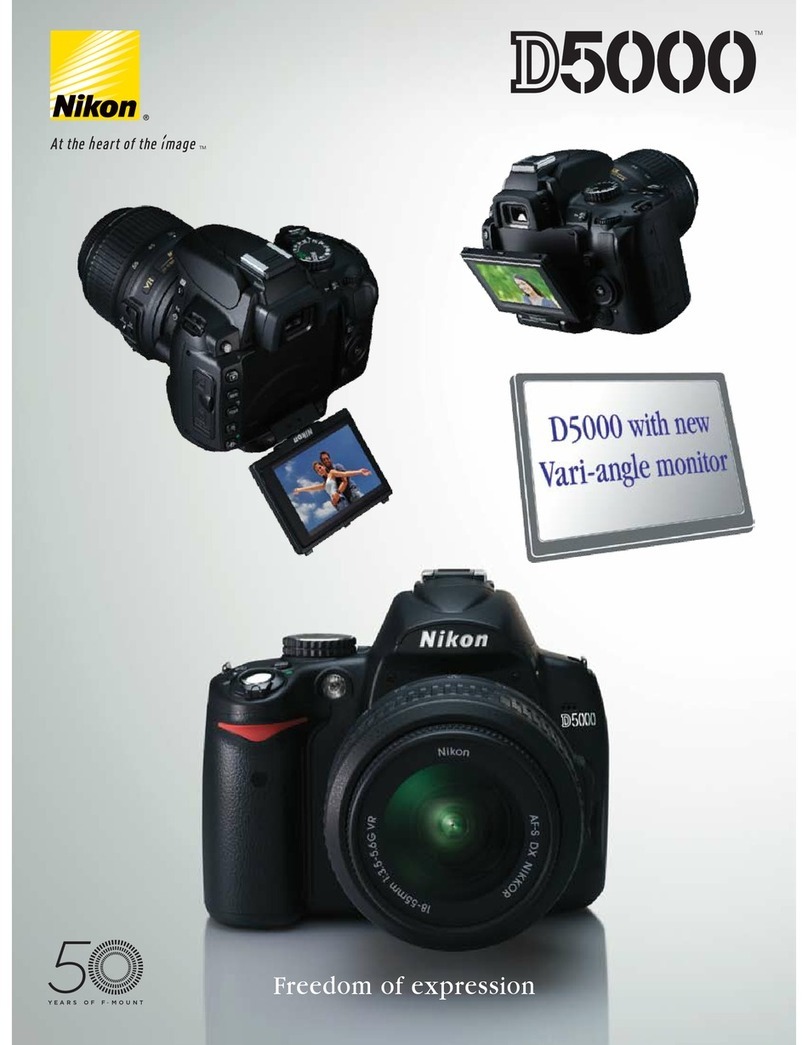
Nikon
Nikon D5000 User manual
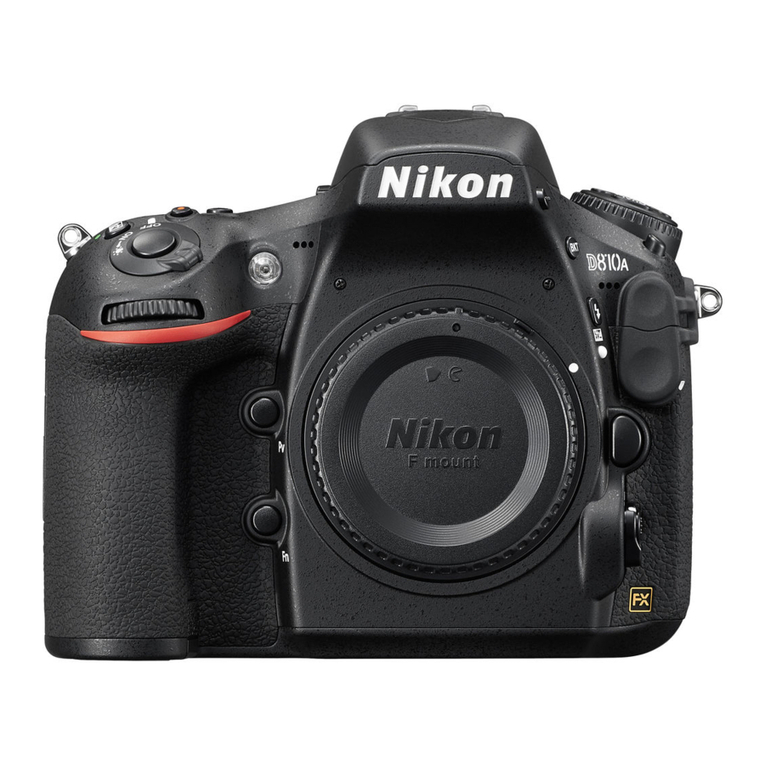
Nikon
Nikon D810A User manual
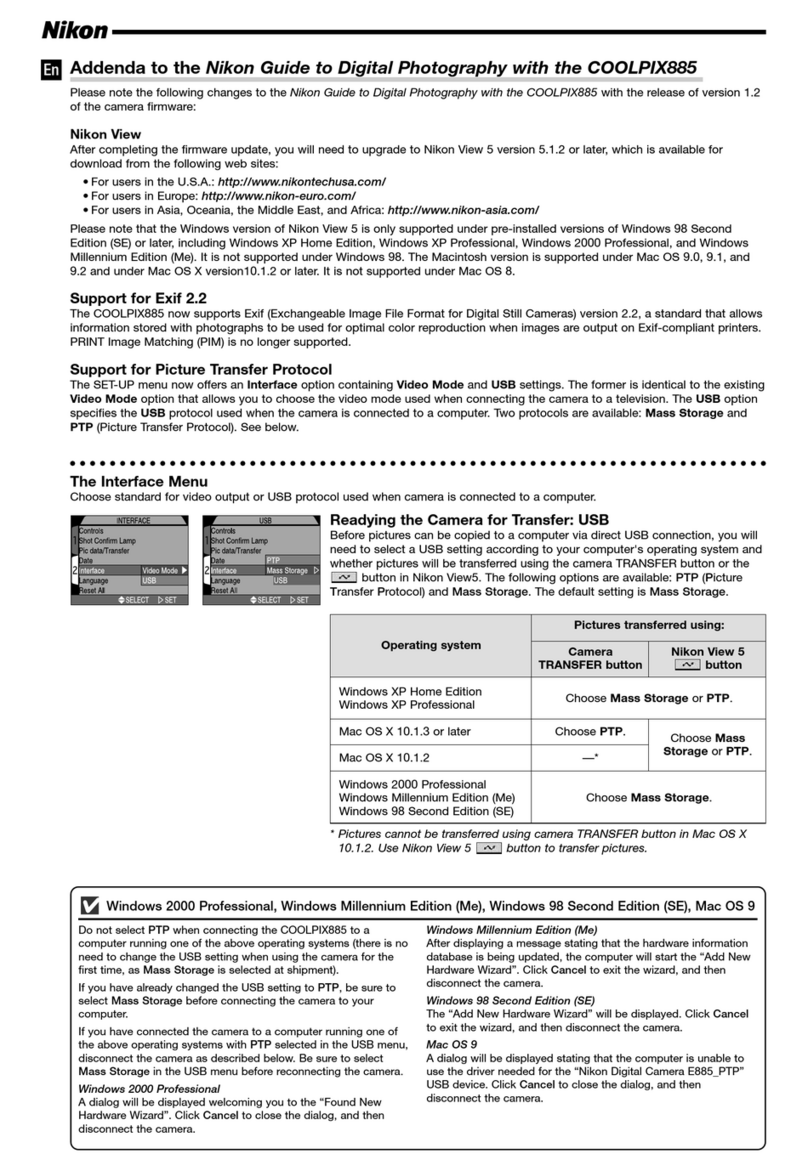
Nikon
Nikon COOLPIX 885 Installation and operating instructions

Nikon
Nikon COOLPIX 4800 User manual
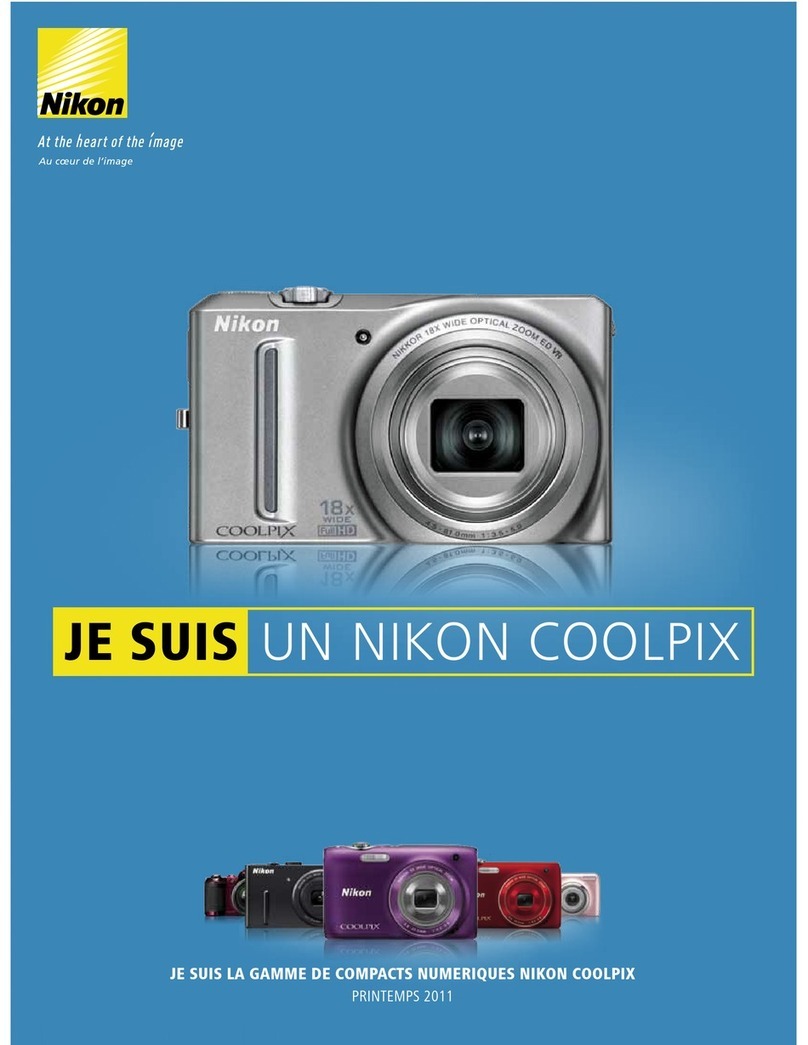
Nikon
Nikon 26269 User manual
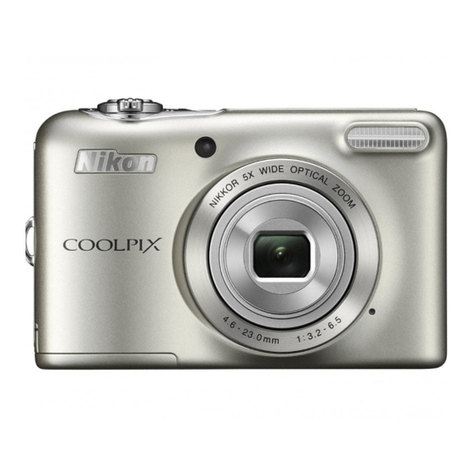
Nikon
Nikon Coolpix L32 User manual
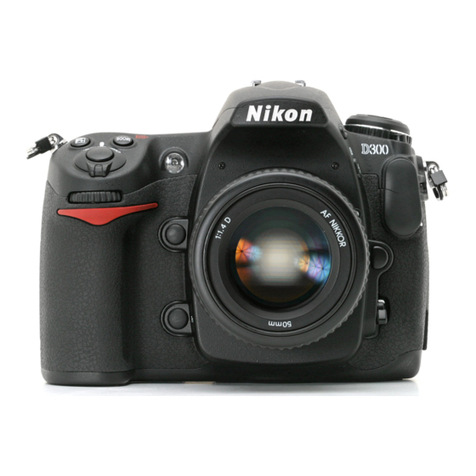
Nikon
Nikon D300 Operating instructions
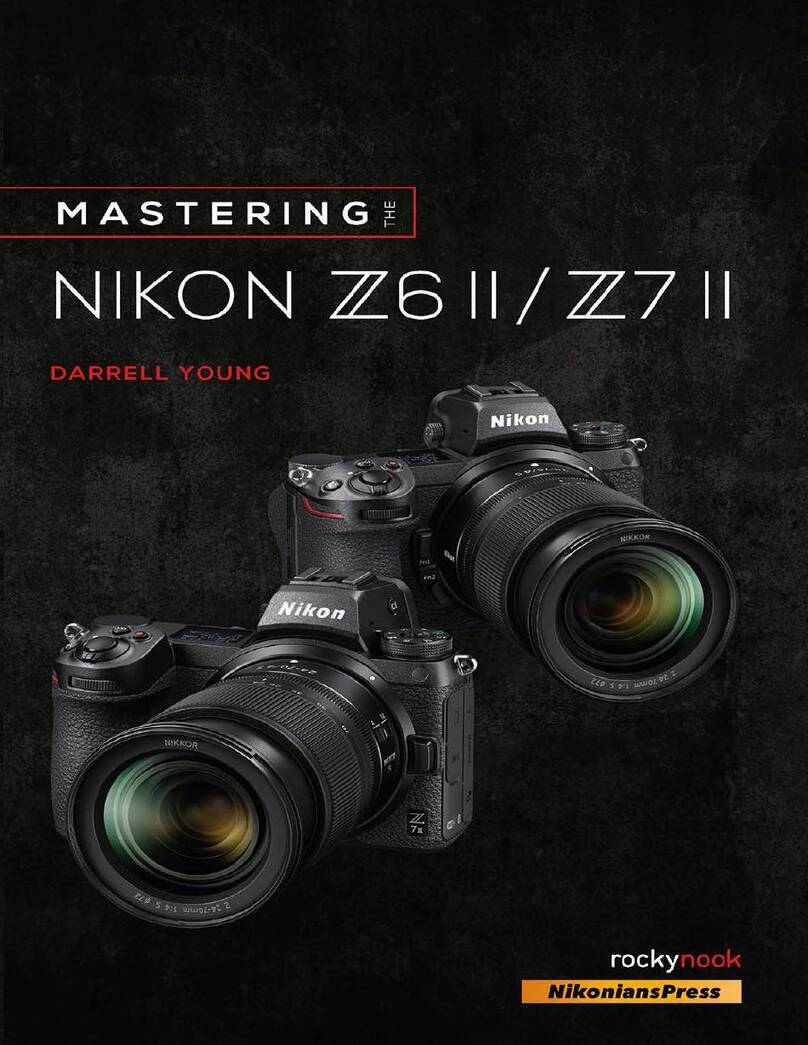
Nikon
Nikon Z 6 II User manual

Nikon
Nikon D800E User manual

Nikon
Nikon Coolpix Use and care manual
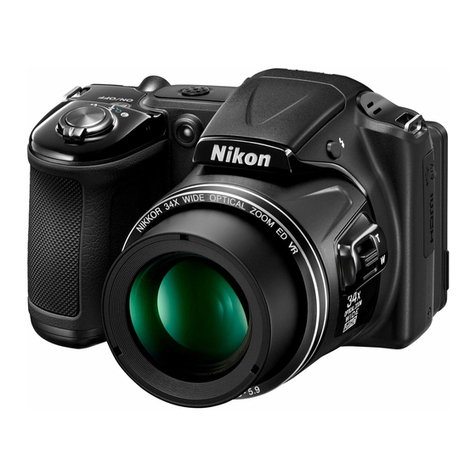
Nikon
Nikon Coolpix L830 User manual
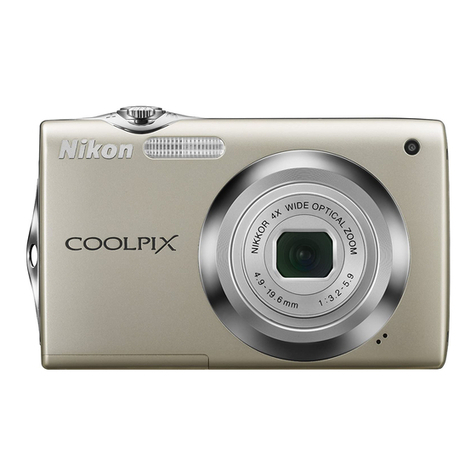
Nikon
Nikon Coolpix S3000 Instruction manual
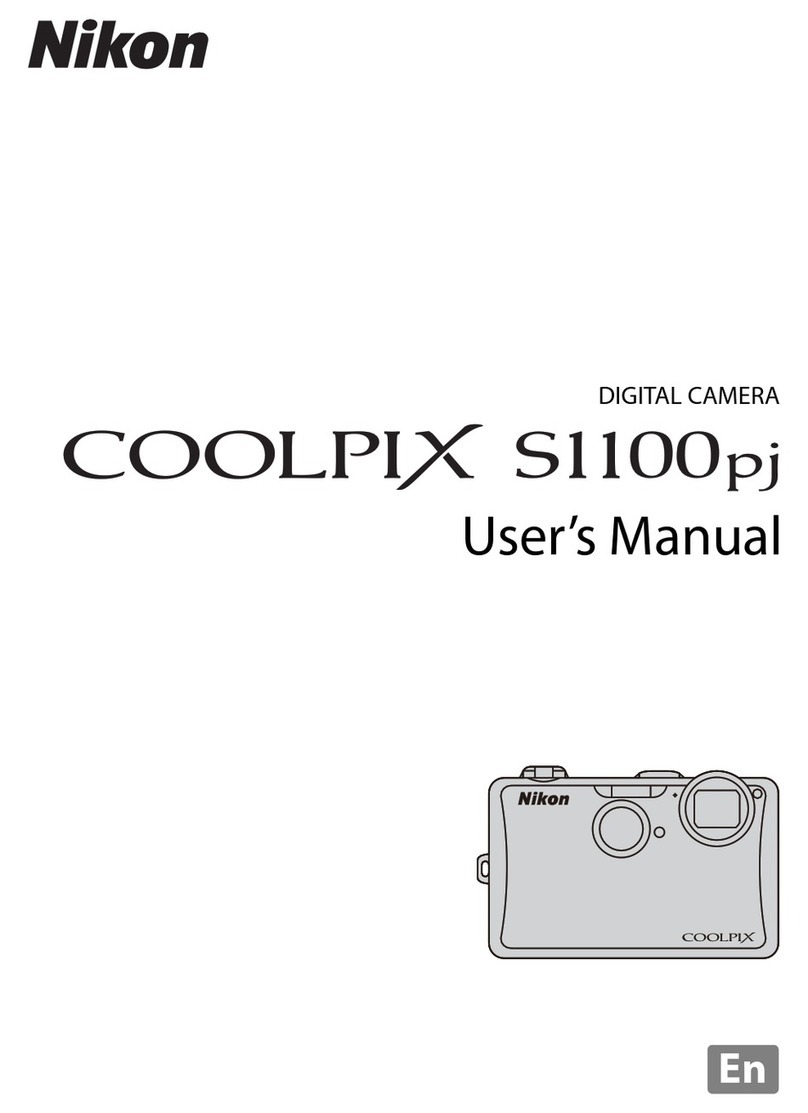
Nikon
Nikon CoolPix S1100pj User manual

Nikon
Nikon D5100 User manual
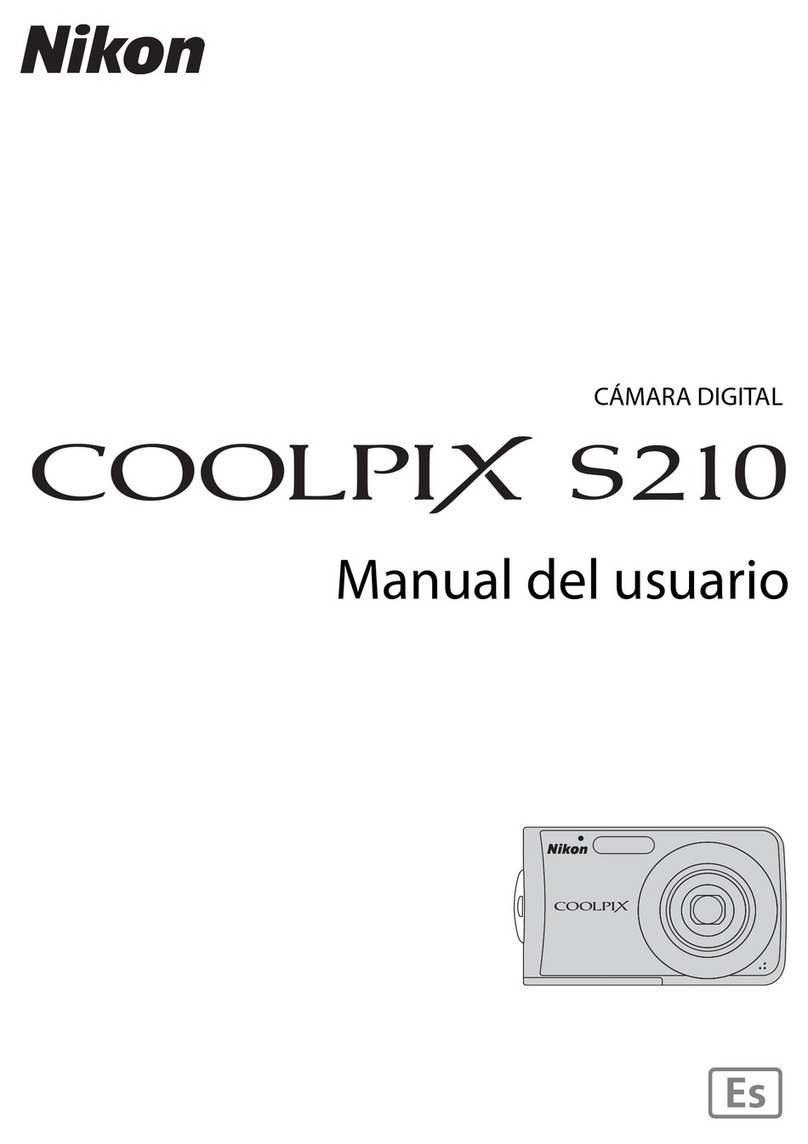
Nikon
Nikon Coolpix S210 User guide
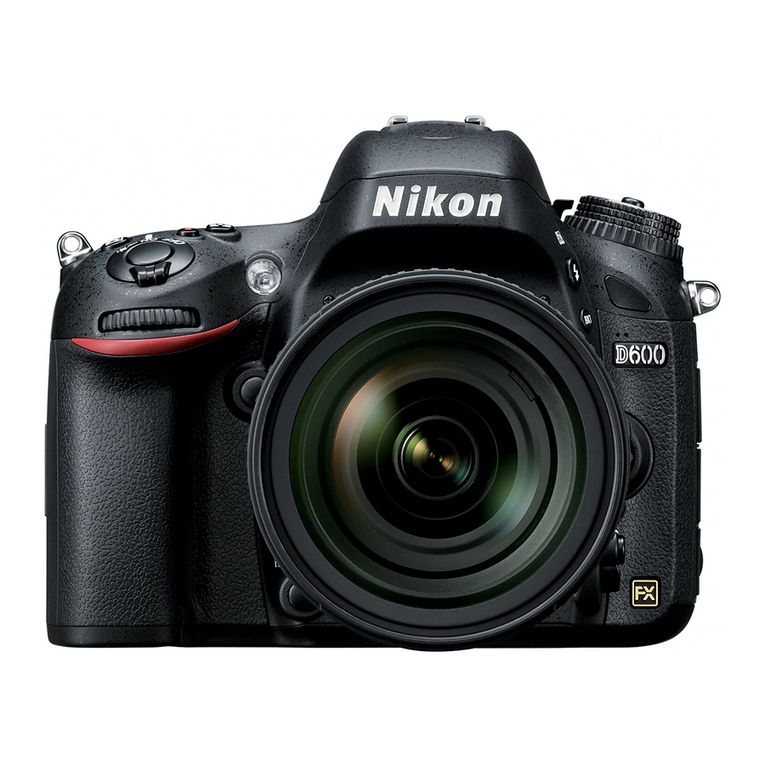
Nikon
Nikon D600 User manual
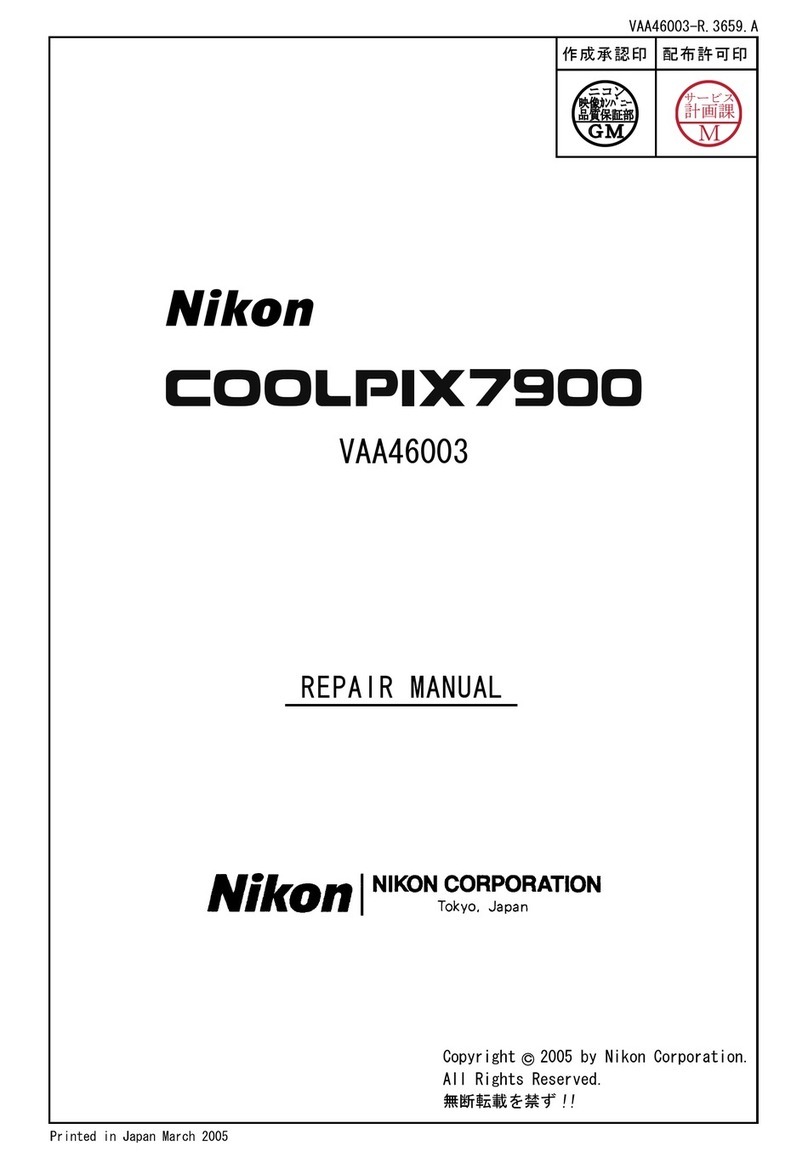
Nikon
Nikon coolpix7900 Operating instructions
